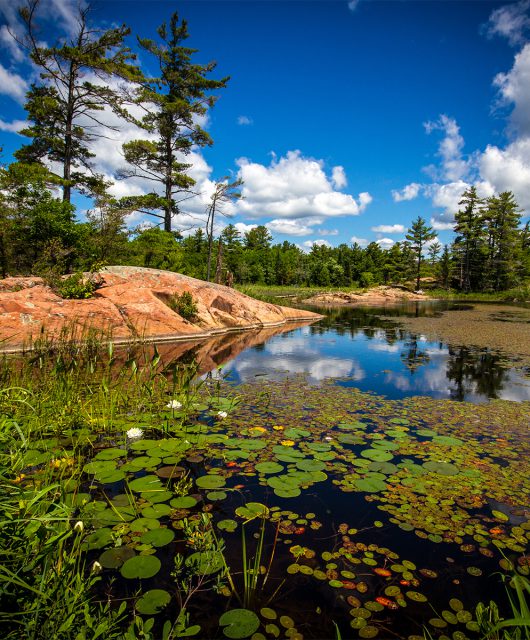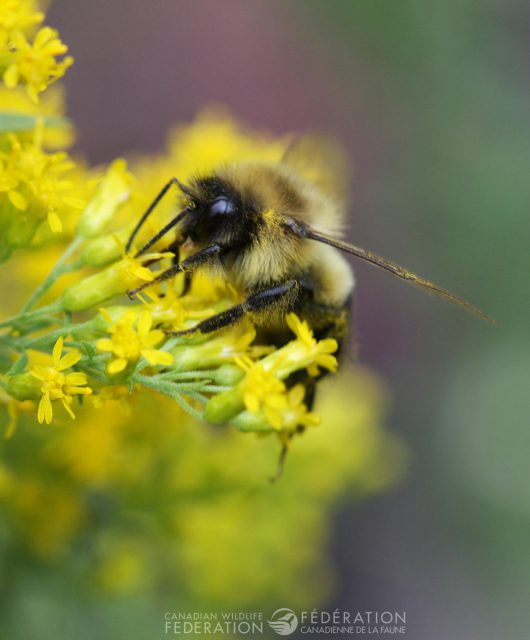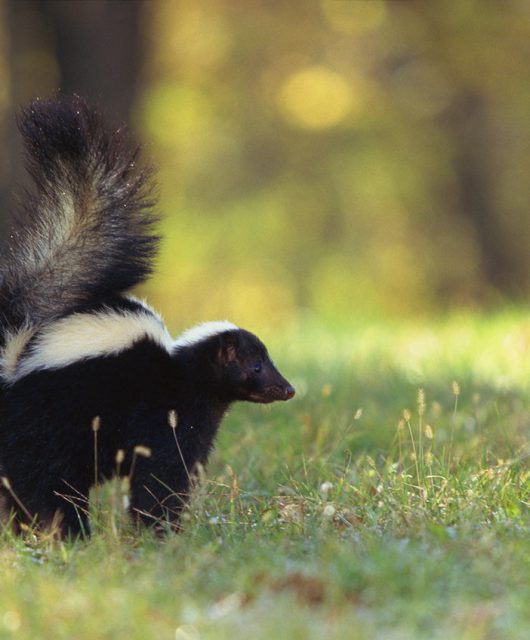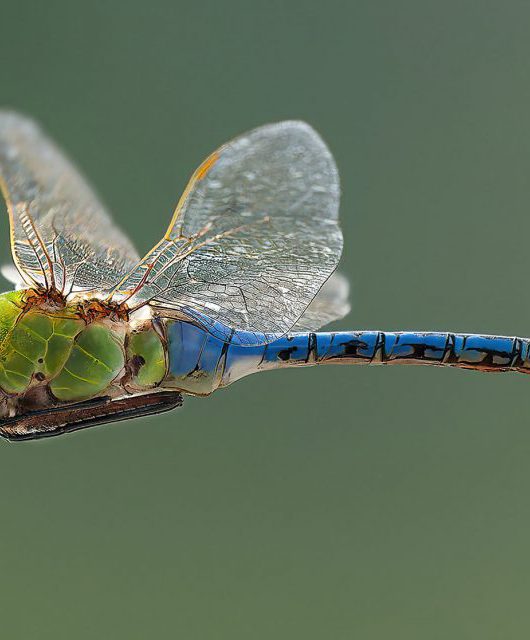The West Vancouver Memorial Library’s Community Demonstration Garden has been certified as “Wildlife-friendly Habitat” through CWF’s Garden Habitat Certification program.
At the West Vancouver Memorial Library (WVML), we know that wildlife are a critical part of our delicate ecosystem and that human activity has significantly diminished available habitat for countless species. Gardening with wildlife in mind is an essential part of restoring our ecosystem, particularly in urban environments such as ours.
 Swáy̓wi Temíxw, WVML’s Community Demonstration Garden, is a space for the community to learn about sustainable and regenerative gardening practices. This type of gardening naturally creates and supports healthy habitat for the wildlife in our area. The library is situated in an urban city centre that is surrounded by ocean, freshwater streams, forest, and mountains. The abundant wildlife that populates this area are losing habitat at an alarming rate due to continual land development. Located on what was a converted parking lot , the library’s garden is reclaiming this space as a haven for wildlife, food production, and community education around sustainable living. It is a truly remarkable space for humans and wildlife to coexist!
Swáy̓wi Temíxw, WVML’s Community Demonstration Garden, is a space for the community to learn about sustainable and regenerative gardening practices. This type of gardening naturally creates and supports healthy habitat for the wildlife in our area. The library is situated in an urban city centre that is surrounded by ocean, freshwater streams, forest, and mountains. The abundant wildlife that populates this area are losing habitat at an alarming rate due to continual land development. Located on what was a converted parking lot , the library’s garden is reclaiming this space as a haven for wildlife, food production, and community education around sustainable living. It is a truly remarkable space for humans and wildlife to coexist!
Our garden boasts food crops, a native plant food forest, a bat garden, pollinator gardens, a mason bee hotel, bat boxes, composting systems, rainwater harvesting, and an accessible garden box.
The library’s garden is also home to insects, arthropods, arachnids, birds, and small mammals. Gardening for these critters involves having not only food plants, but also host plants for eggs and larvae, nesting areas and safe spaces to overwinter. Pollinator gardens are very popular right now and they do provide excellent food sources for mature pollinators, but they often overlook the critical plants needed to support pollinators through every stage of their lives. Our garden hosts a significant native plant garden, which provides keystone native plants that support insects throughout their entire lifecycles. In our area these plants include goldenrod, Douglas aster, pearly everlasting, mock orange and yarrow.

To further enhance wildlife-friendly gardening, we balance our garden between gardening for food and gardening for wildlife. In addition to our dedicated native plant garden, we also have native plants surrounding each of our fruit trees. While supporting wildlife, these plants also act as a natural ground cover supporting the health of the fruit tree as well! Of our planters that grow food for humans, one-third are full of perennial plants such as herbs, strawberries and blueberries. This means the plants and the soil remain fairly undisturbed year-round, providing excellent habitat for wildlife. Our garden works to support wildlife in the winter months too. Many critters rely on undisturbed soil, leaf litter and hollow plant stalks to overwinter. By saving garden clean-up until the early spring, we leave beneficial winter habitat for our local wildlife. Another element of gardening for wildlife is keeping our garden completely free of pesticides (which includes insecticides, herbicides and fungicides), and “natural” pest deterrents such as soap. This ensures healthy habitat for insects and small mammals who, in turn, provide healthy meals for bats, birds, predatory birds, and predatory mammals.
Critters that have been spotted in our garden include: American Robins, Anna’s Hummingbirds, ants, aphid wasps, Bald Eagles, Black-capped Chickadees, Blue Orchard mason bees, bumble bees, Chestnut-backed Chickadees, Douglas Squirrels, Eastern Gray Squirrels, furrow bees, Glaucous-winged Gulls, Goldenrod Crab Spiders, Grass-carrying Wasps, Jewel Wasps, ladybugs, Leafcutter Bees, Masked Bees, millipedes, mining bees, Northern Flickers, Northwestern Crows, pill bugs, Prunus Miner Bees, raccoons, Rufous Hummingbirds, slugs, Song Sparrows, stink bugs, Striped Skunks, and sweat bees.
Gardening is generally a rewarding experience but gardening for wildlife brings a new level of joy to the gardener! Finding ways to coexist with the wildlife in our garden hasn’t always been easy, but making the choice to garden in a wildlife-friendly way has led to a healthier garden and a truly remarkable community education space.
Author:
Kendra Sakamoto, librarian and caretaker of Swáy̓wi Temíxw, West Vancouver Memorial Library’s Community Demonstration Garden







